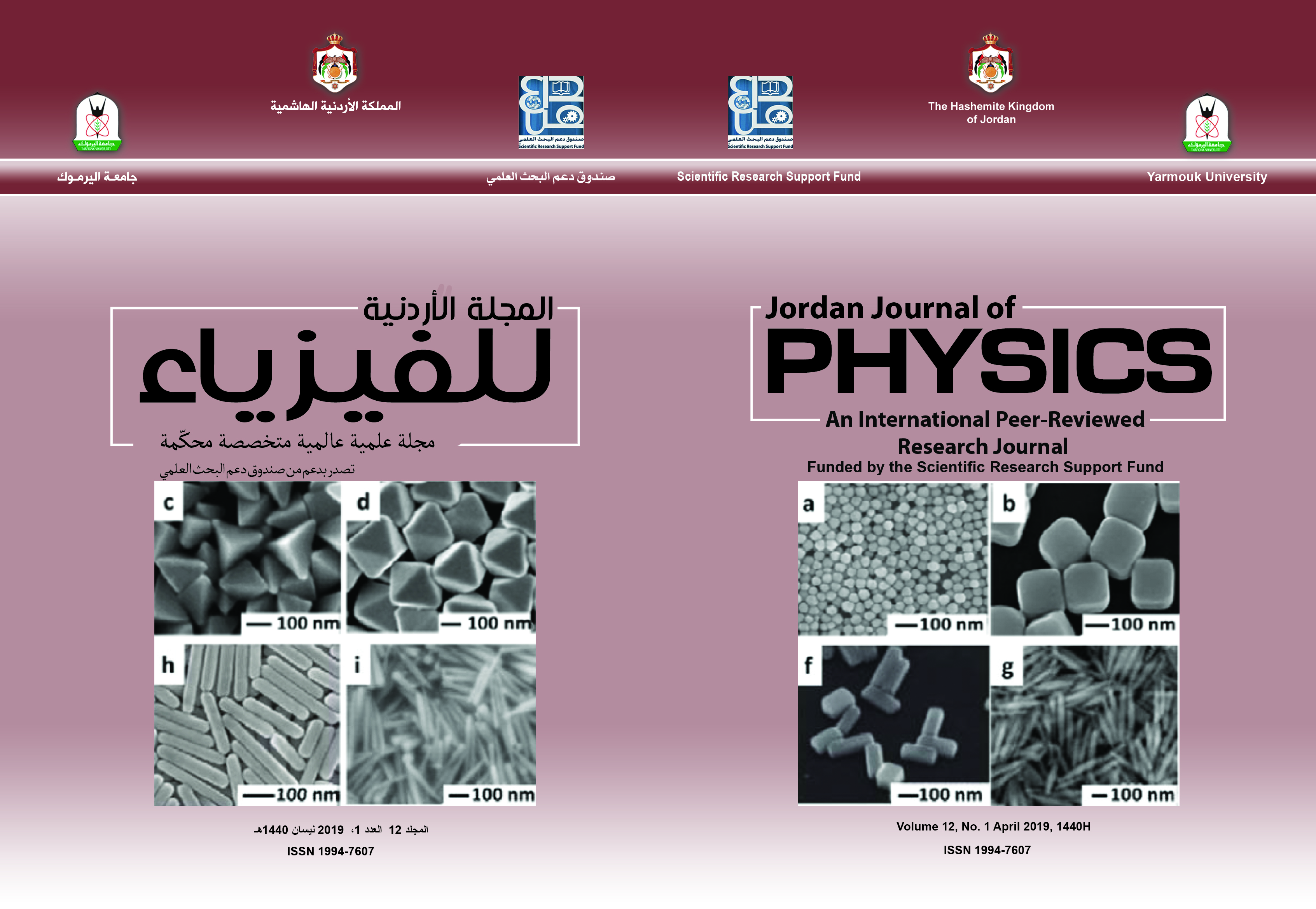Basic Concepts and Development of Dry Deposition Modelling
Abstract
Dry deposition is the primary mechanism by which suspended particles are
transported from gas onto surfaces. Prediction of this transport rate represented by the dry
deposition velocity (Vd) is needed in a vast range of applications, such as atmospheric
climate and air quality models, industrial processes, nanomaterials, clean rooms, building
engineering, particle losses inside sampling lines, health effect of atmospheric particles and
pharmaceutics. The particle transport rate towards the surface depends on many factors:
above-surface air flow and fluid characteristics, physical characteristics of the particles and
surface properties. Although dry deposition models have been improved significantly, they
still need to be further developed to improve the model accuracy and include weak
mechanisms of particle transport. In general, a dry deposition model incorporates Fickian
diffusion (Brownian and Eddy) and gravitational settling. Turbophoresis was introduced to
compensate for the enhancement in Vd as a result of inhomogeneous turbulent mixing. In
real-life conditions, electrophoresis and thermophoresis are not strong enough mechanisms
to be included in model calculations, but for some applications (such as air purifiers), these
transport mechanisms are very important to be considered in model formulation.
Magnetophoresis, which is a very weak mechanism in real-life conditions, can be enhanced
for certain industrial applications. In general, deposition surfaces are rarely smooth and
researchers have put great efforts to describe surface roughness in dry deposition models.
After all, a unified dry deposition formulation is needed to be developed/ improved in the
future to make dry deposition prediction and calculations easier and more accurate. In this
paper, we present the basic concepts that have been developed and implemented in dry
deposition models and illustrate the effect of different processes on the transport rate of
suspended particles in the fluids towards surfaces. As a benchmark for the accuracy of the
current dry deposition modelling, we present a comparison between model calculations and
experimental data-bases found in the literature.
Keywords: Fickian diffusion, Gravitational settling, Turbophoresis, Electrophoresis,
Thermophoresis, Magnetophoresis.


